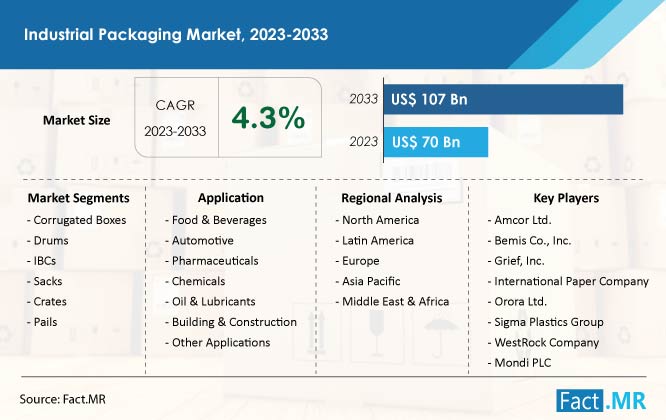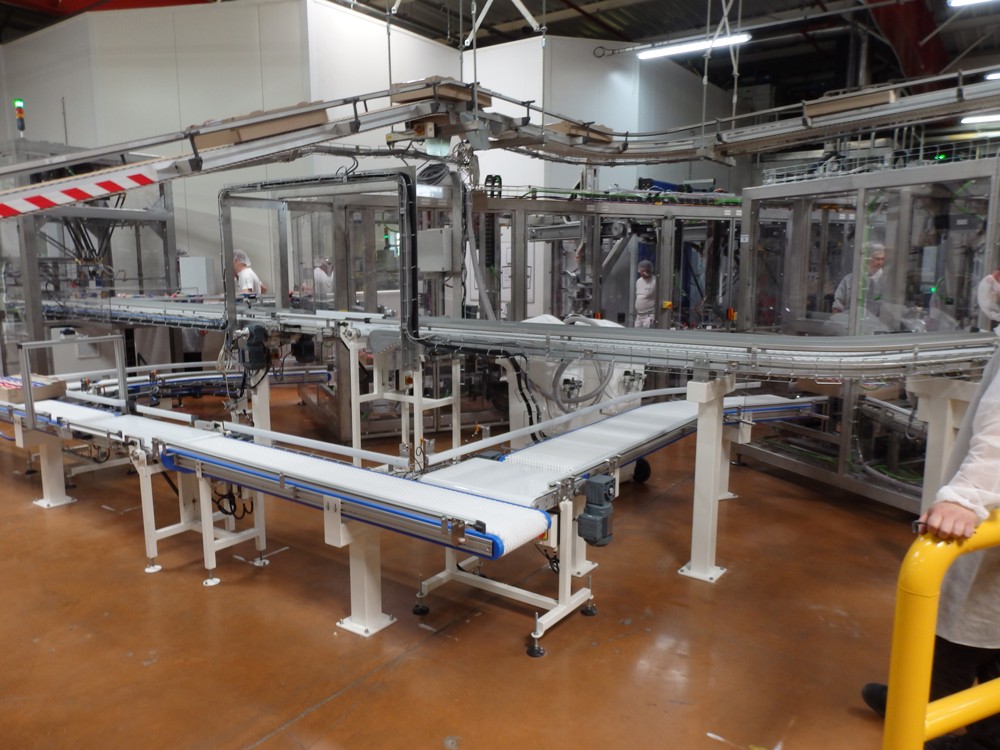Eco-Friendly Practices: Driving Adjustment with Bulk Container Recycling
Wiki Article
Efficient Industrial Recycling Solutions for Lasting Packaging: A Comprehensive Guide
That's where this comprehensive overview on efficient industrial recycling remedies for lasting packaging comes in. By discovering crucial areas such as product packaging material selection, creating for recyclability, executing reusing facilities, collaborating with reusing partners, and monitoring and determining reusing success, this guide will certainly furnish you with the knowledge and tools necessary to make educated choices and drive positive adjustment within your organization. Whether you're a product packaging professional, sustainability supervisor, or simply interested in the topic, this guide will give important understandings and strategies to help you browse the globe of lasting product packaging.Packaging Product Option
The selection of packaging materials plays an important duty in guaranteeing the sustainability of industrial reusing options. The choice of materials is essential in reducing environmental impact and making the most of recycling efficiency when it comes to lasting product packaging. Picking the appropriate products can assist minimize waste generation, save resources, and promote a circular economic climate.Products like cardboard, paper, glass, and specific kinds of plastics can be recycled several times without shedding their quality. On the various other hand, materials that are hard to recycle, such as non-recyclable compounds or blended plastics, can develop difficulties for the reusing process and might end up in land fills or incinerators.
One more factor to consider is making use of eco-friendly and naturally degradable products. Packaging made from sustainable sources, such as plant-based plastics or biopolymers, can help in reducing dependency on nonrenewable fuel sources and minimize climate modification. In addition, biodegradable materials damage down normally in time, lowering the accumulation of waste in garbage dumps.
In addition, the weight and volume of packaging products need to be minimized to minimize transport prices and energy usage. Light-weight products not just require fewer resources during manufacturing yet additionally contribute to decrease carbon emissions during transportation.
Creating for Recyclability
In order to make certain the recyclability of product packaging products, thoughtful design is important. Designing for recyclability includes producing product packaging that can be conveniently arranged, divided, and refined in reusing facilities. One vital facet of developing for recyclability is the selection of products. Product packaging developers need to focus on the usage of products that are commonly accepted for recycling and have established recycling infrastructures. Materials such as glass, aluminum, and particular kinds of plastic, like pet dog and HDPE, are generally reused and must be liked over products that are costly or difficult to reuse.One more essential consideration in making for recyclability is the removal of unnecessary components or products. By reducing the number of layers, layers, and added components, product packaging can be made easier and simpler to reuse. Furthermore, designers must aim to lower making use of mixed products, as they can complicate the reusing process.

Implementing Recycling Facilities
Effective application of recycling facilities is crucial for the success of commercial recycling options. Without proper facilities in position, the recycling procedure comes to be inefficient and inefficient, impeding the overall objective of sustainable product packaging.To carry out recycling framework properly, a number of essential factors require to be thought about. First of all, there should be a well-organized collection system that facilitates the splitting up and collection of recyclable products. This can include marked reusing bins in public areas, along with collaborations with waste administration business for curbside pick-up and sorting.
As soon as accumulated, the recyclable materials need to be moved to recycling facilities in a timely way. This requires efficient logistics and transportation networks, ensuring that the materials get to the appropriate facilities without delay.
At the reusing centers, progressed sorting and processing technologies ought to be in location to separate different types of materials effectively. This includes making use of automated sorting machines, optical scanners, and manual sorting strategies.
Furthermore, there should be a durable market need for recycled products. This can be accomplished with partnerships with manufacturers and industries that make use of recycled products in their manufacturing processes. Producing a stable market for recycled products incentivizes the reusing market and promotes the circular economic situation.
Collaborating With Recycling Allies

One trick element of collaborating with recycling partners is the establishment of clear communication channels. It is necessary to establish open lines of interaction to assist in the exchange of details, updates, and feedback. This permits both celebrations to stay notified about the progression of recycling initiatives and attend to any obstacles or problems that might arise.
Additionally, partnership can involve collaborations in applying and developing reusing programs. Recycling companions can offer beneficial insights and advice in developing reliable collection systems and figuring out one of the most ideal recycling technologies. By collaborating, services and reusing partners can enhance the reusing process and lessen waste.
Moreover, partnership can expand beyond the operational elements of reusing. It can also include campaigning for and education efforts. By signing up with pressures, businesses and recycling partners can elevate recognition about the value of reusing and advertise the adoption of sustainable packaging techniques amongst consumers and other stakeholders.
Tracking and Measuring Recycling Success
To make sure the performance of commercial recycling solutions and the accomplishment of sustainable product packaging objectives, it is crucial for companies and their recycling partners to establish a detailed system for tracking and gauging recycling success (processing company). Tracking and measuring recycling success allows companies to examine the effect of their recycling efforts, identify areas for improvement, and set meaningful targets for future progressOne way to track recycling success is via making use of information collection and evaluation devices. By gathering data on the amount of packaging waste generated, the percentage of waste that is reused, and the kinds of products being recycled, companies can acquire important insights right into their reusing efficiency. This data can then be analyzed to recognize fads, patterns, and areas of ineffectiveness.
An additional essential aspect of monitoring and Read More Here gauging recycling success is establishing clear and standardized metrics. This enables companies to compare their efficiency against sector standards and track their development over time. Metrics such as reusing rates, waste diversion rates, and greenhouse gas exhausts can supply a quantitative action of an organization's recycling success.

Conclusion
In conclusion, applying reliable commercial recycling options for sustainable packaging requires cautious factor to consider of product packaging material selection, creating for recyclability, executing recycling facilities, working together with reusing companions, and tracking and measuring reusing success. By incorporating these techniques, companies can add to a much more lasting and environmentally-friendly approach to product packaging, reducing waste and advertising the circular economic situation.By checking out vital areas such as product packaging material option, designing for recyclability, carrying out recycling facilities, teaming up with recycling companions, and monitoring and measuring reusing success, this guide will outfit you with the knowledge and devices necessary to make educated choices and drive positive modification within your company. Packaging designers should prioritize the usage of materials that are commonly accepted for reusing and have developed recycling facilities.Cooperation with recycling companions is important for the effective execution of industrial recycling remedies and the achievement of sustainable product packaging objectives. By signing up with forces, companies and reusing companions can elevate awareness about the significance of reusing and advertise the fostering of lasting packaging methods amongst customers and various other stakeholders.
By collecting information on the amount of product packaging waste created, the portion of waste that is reused, and the kinds her comment is here of materials being recycled, services can get valuable insights into their recycling performance.
Report this wiki page